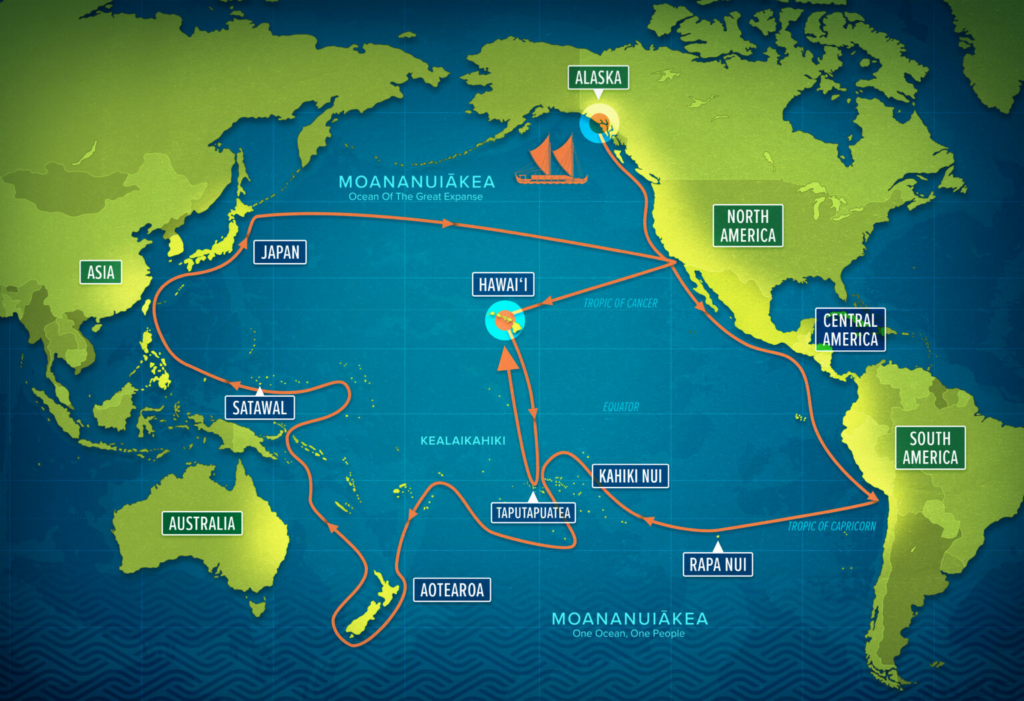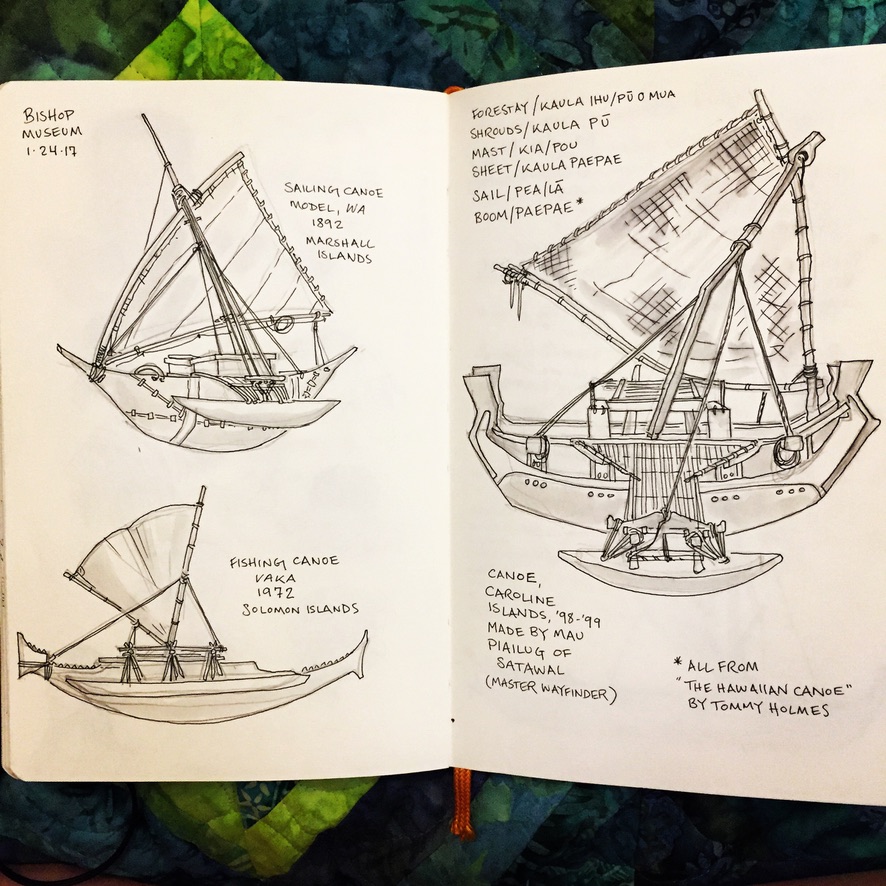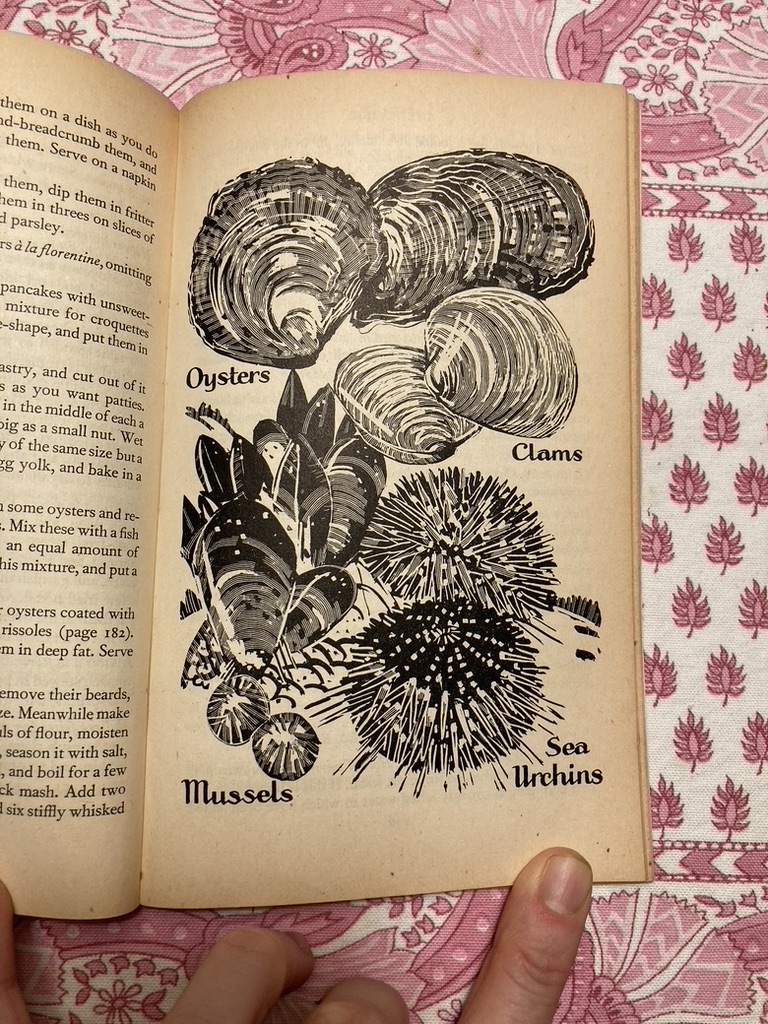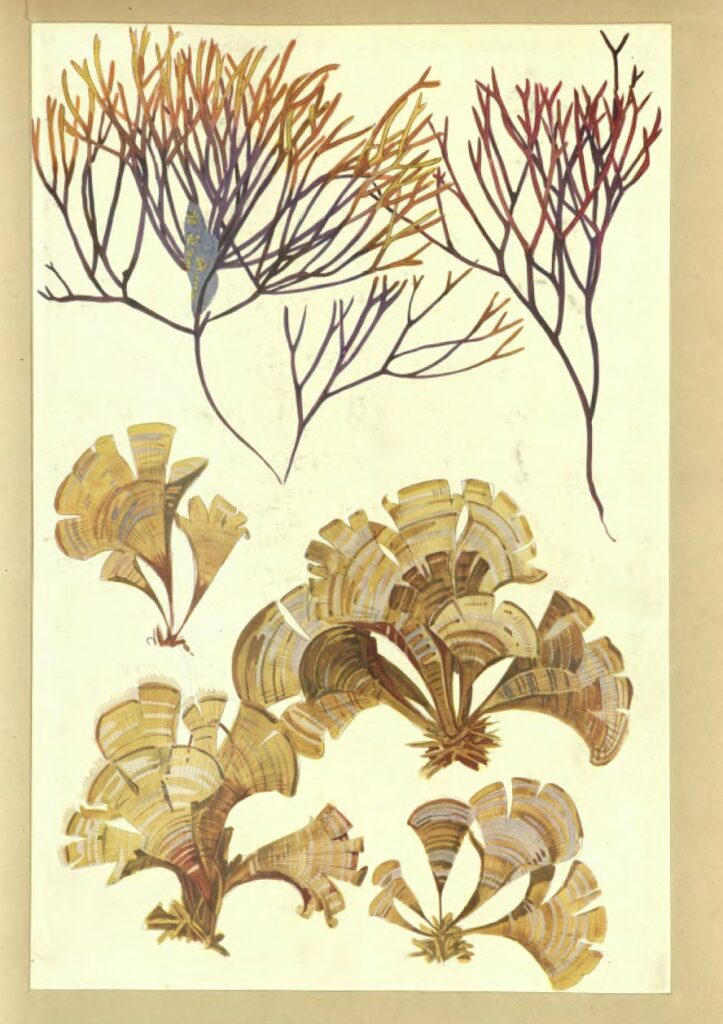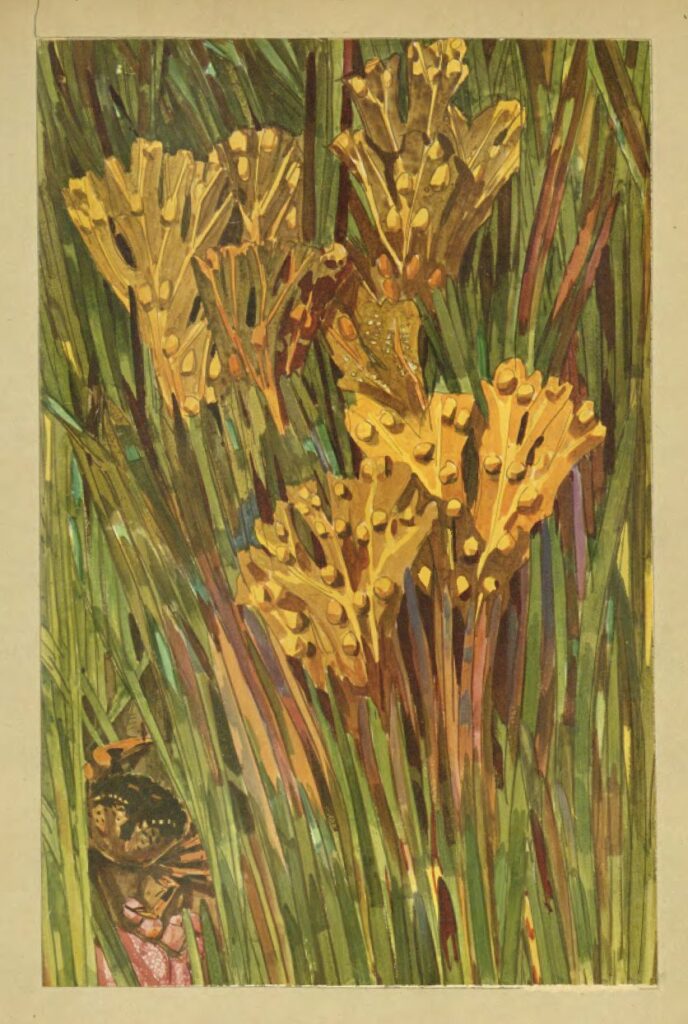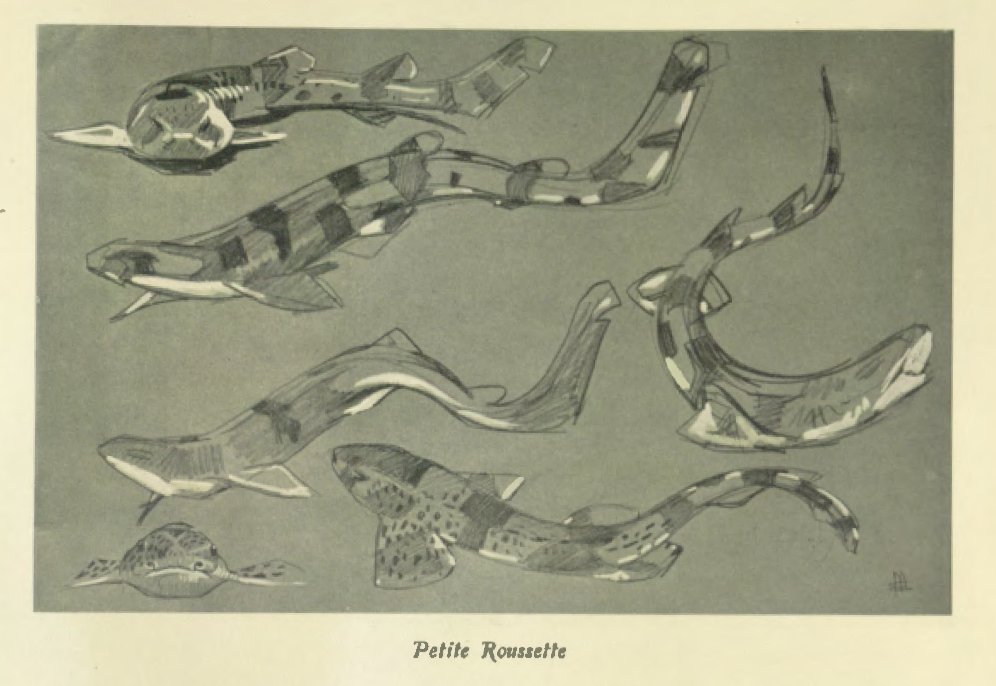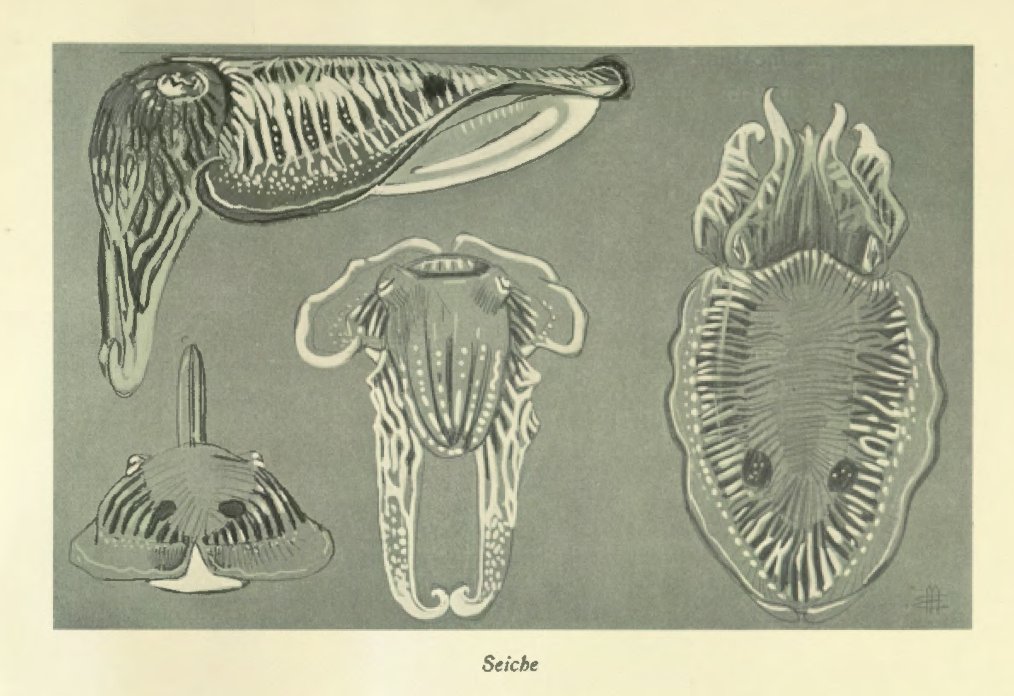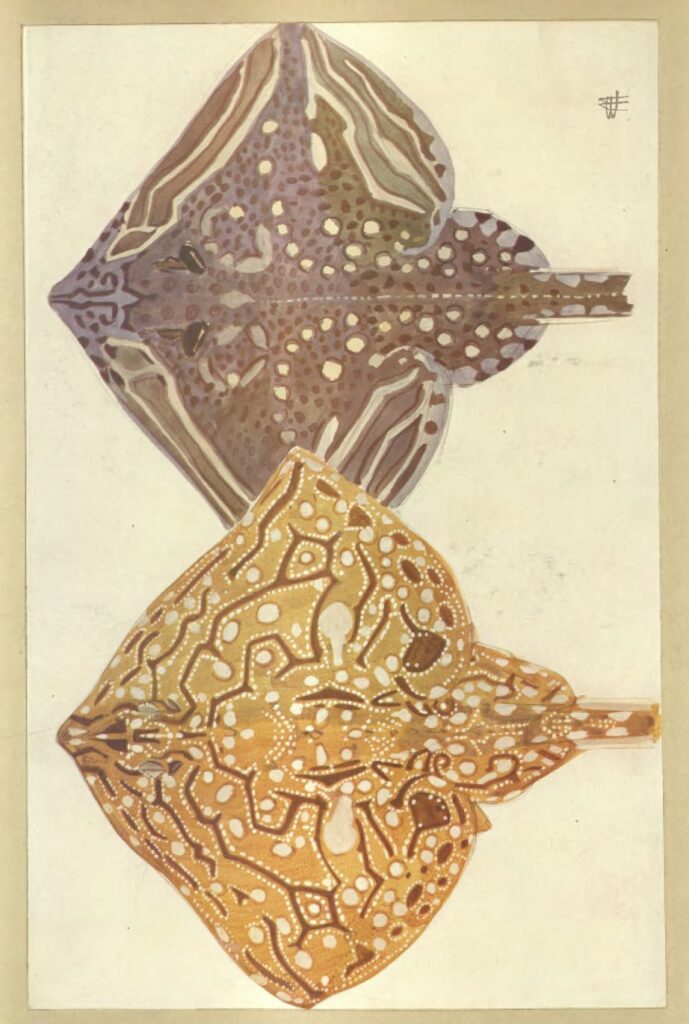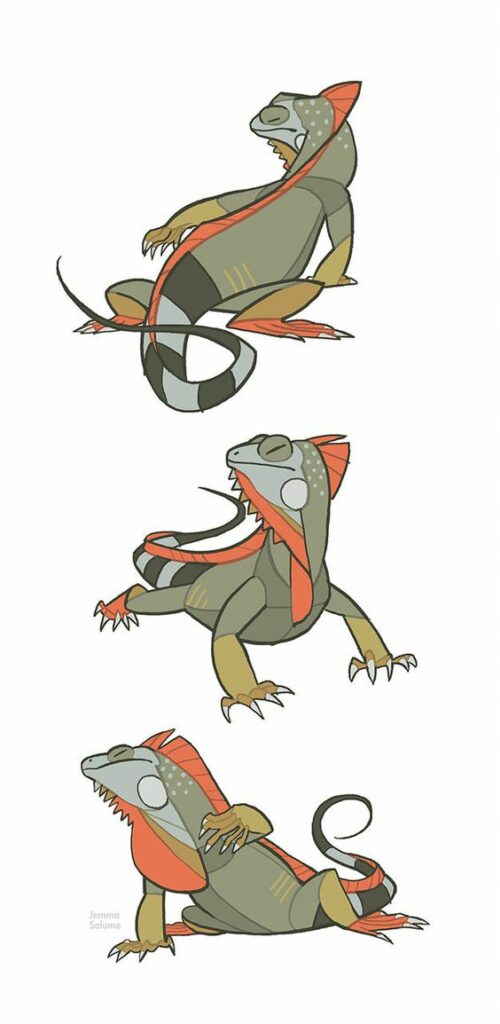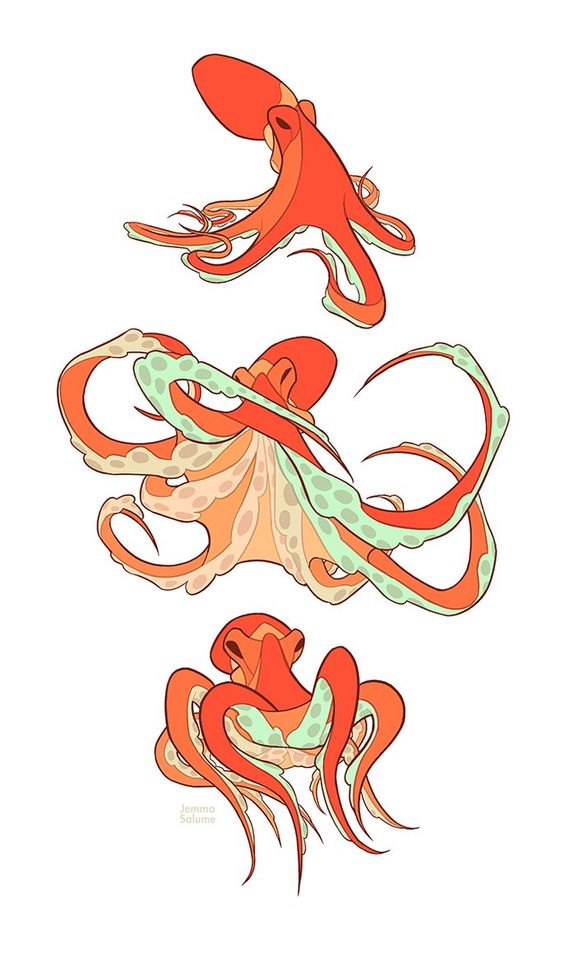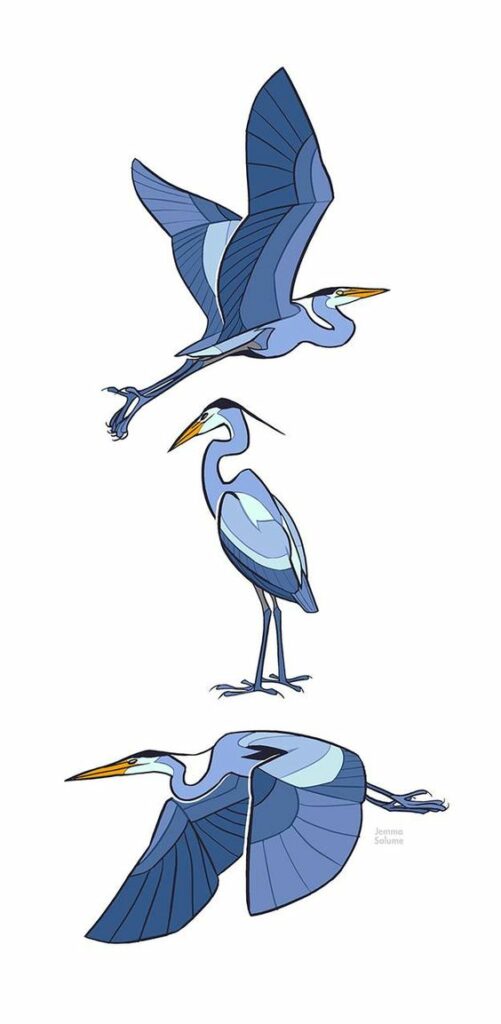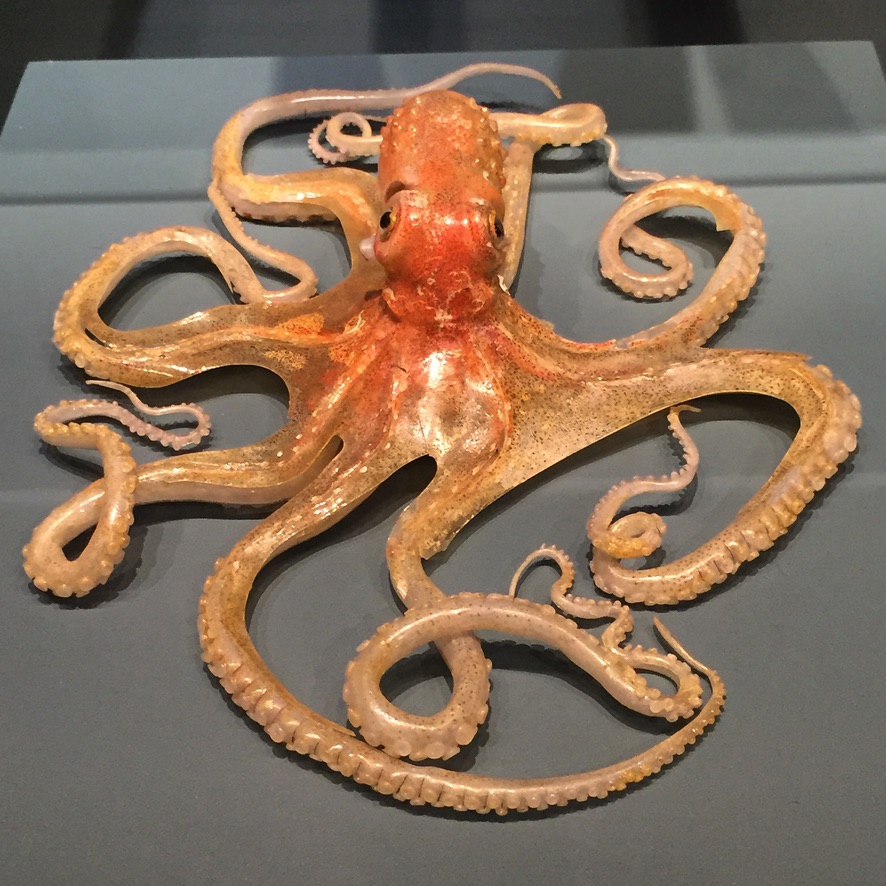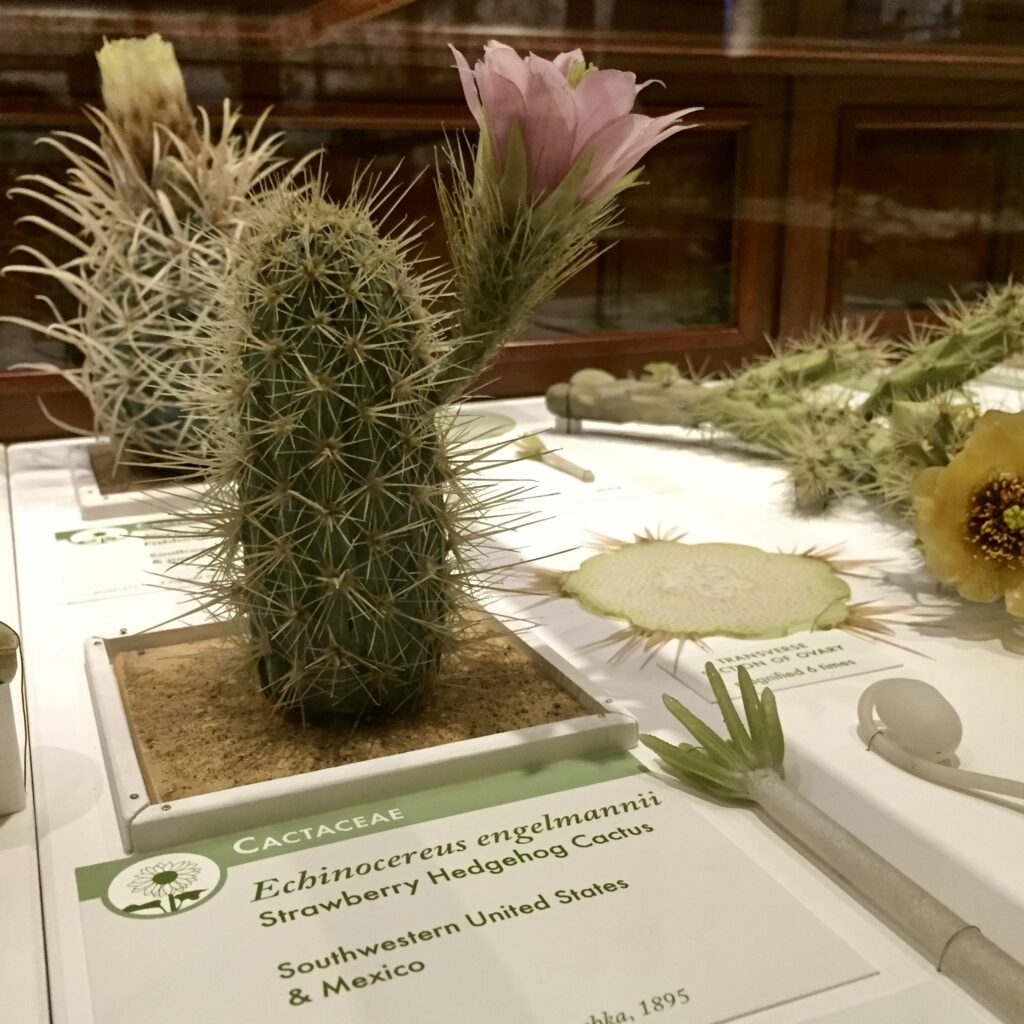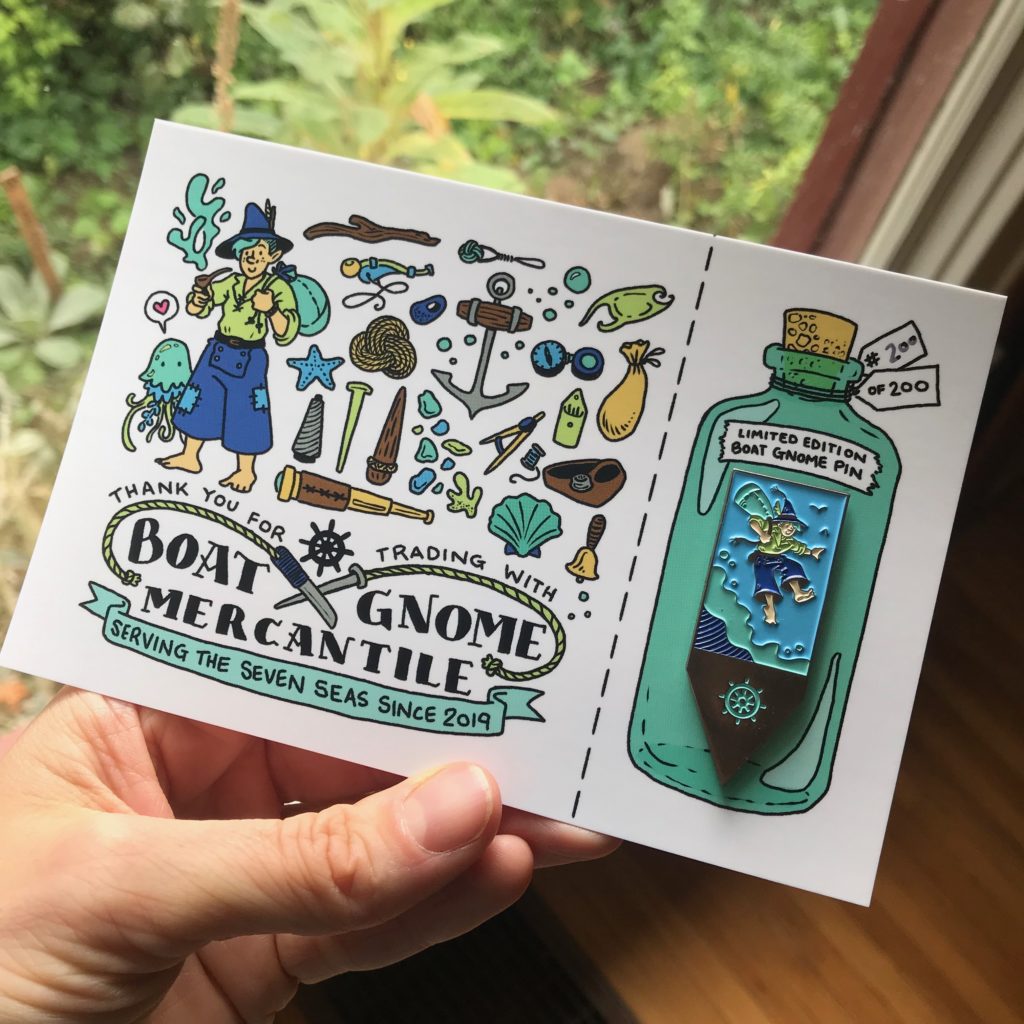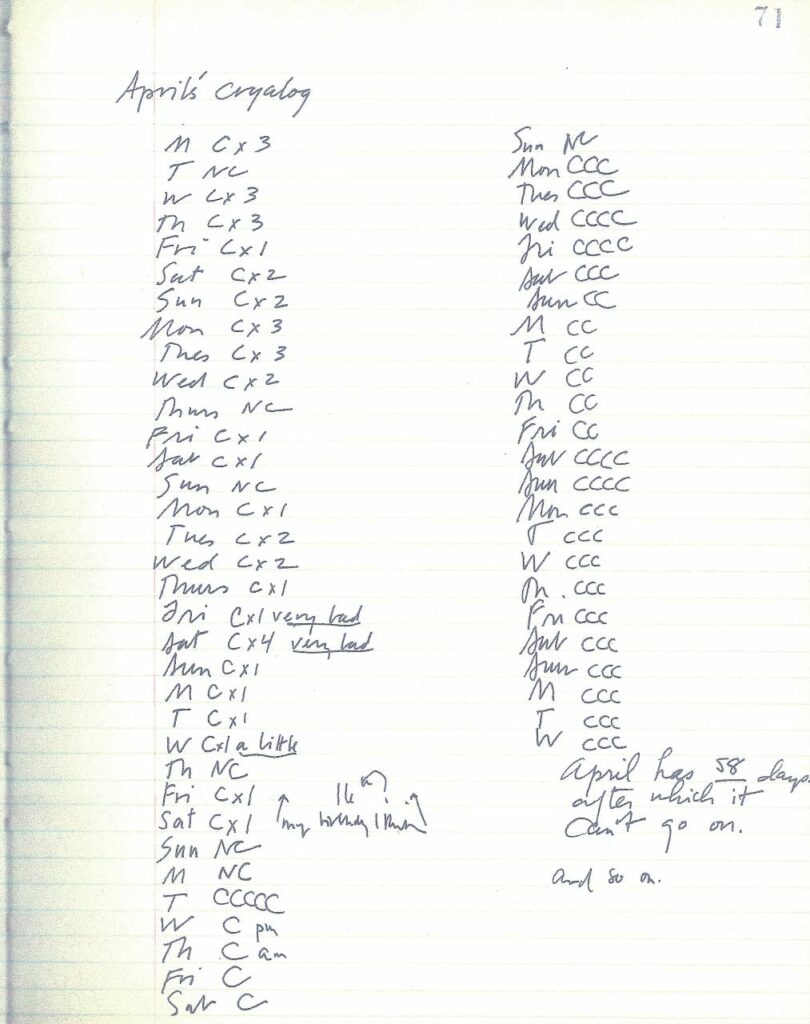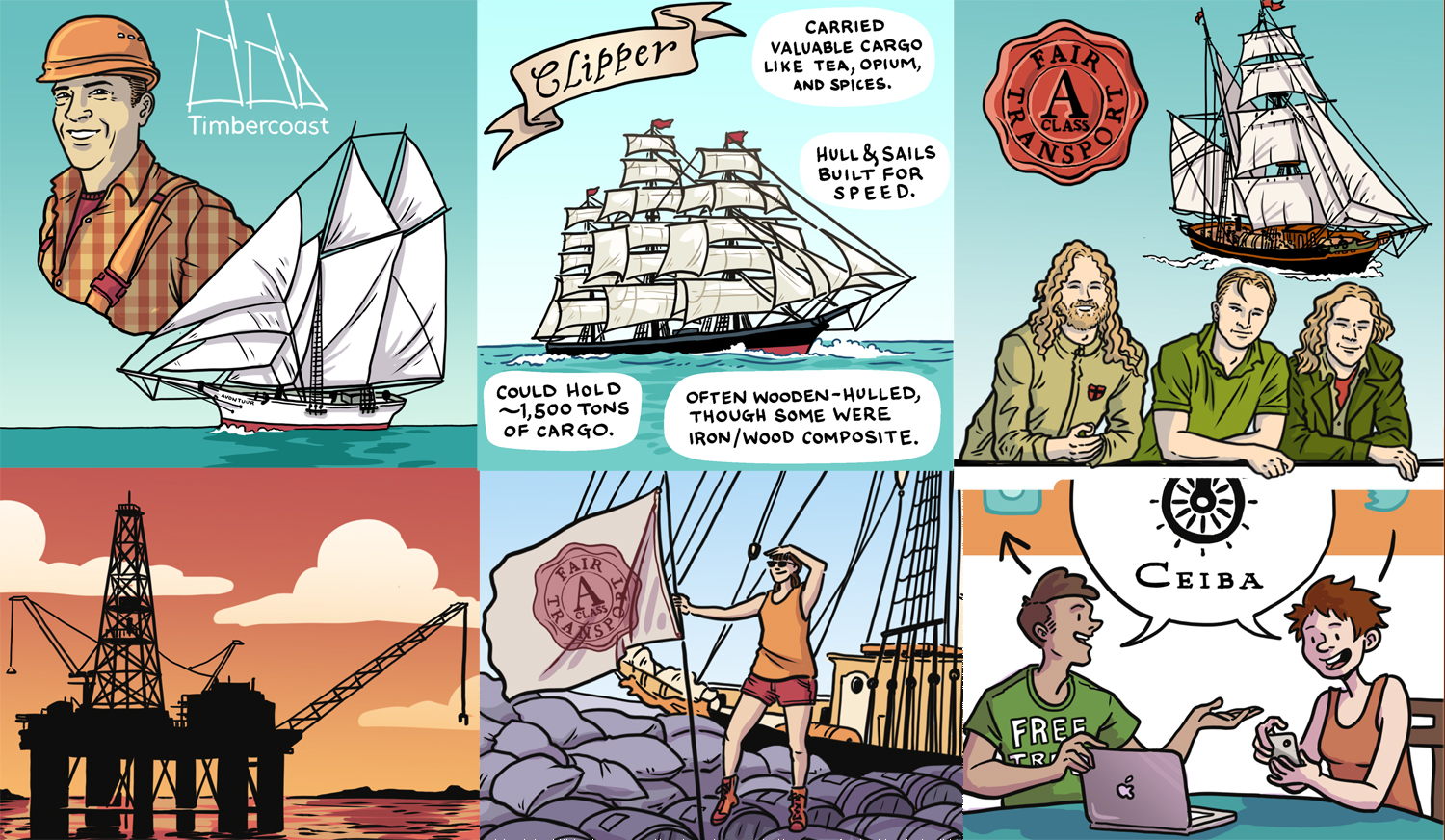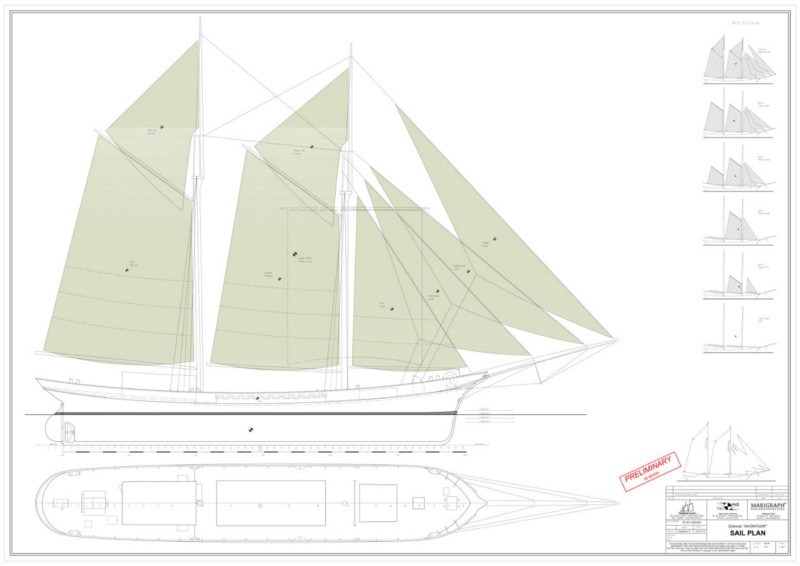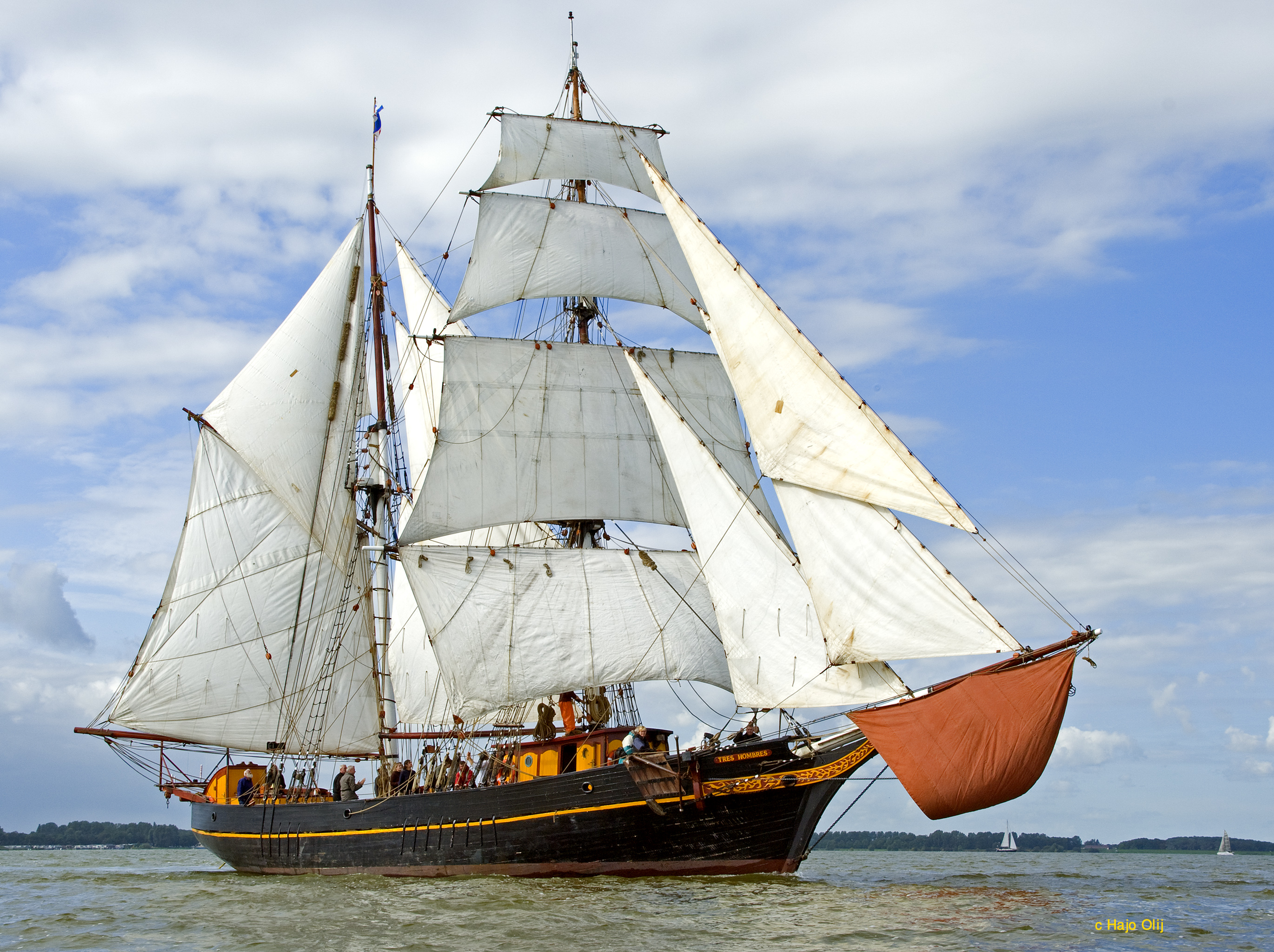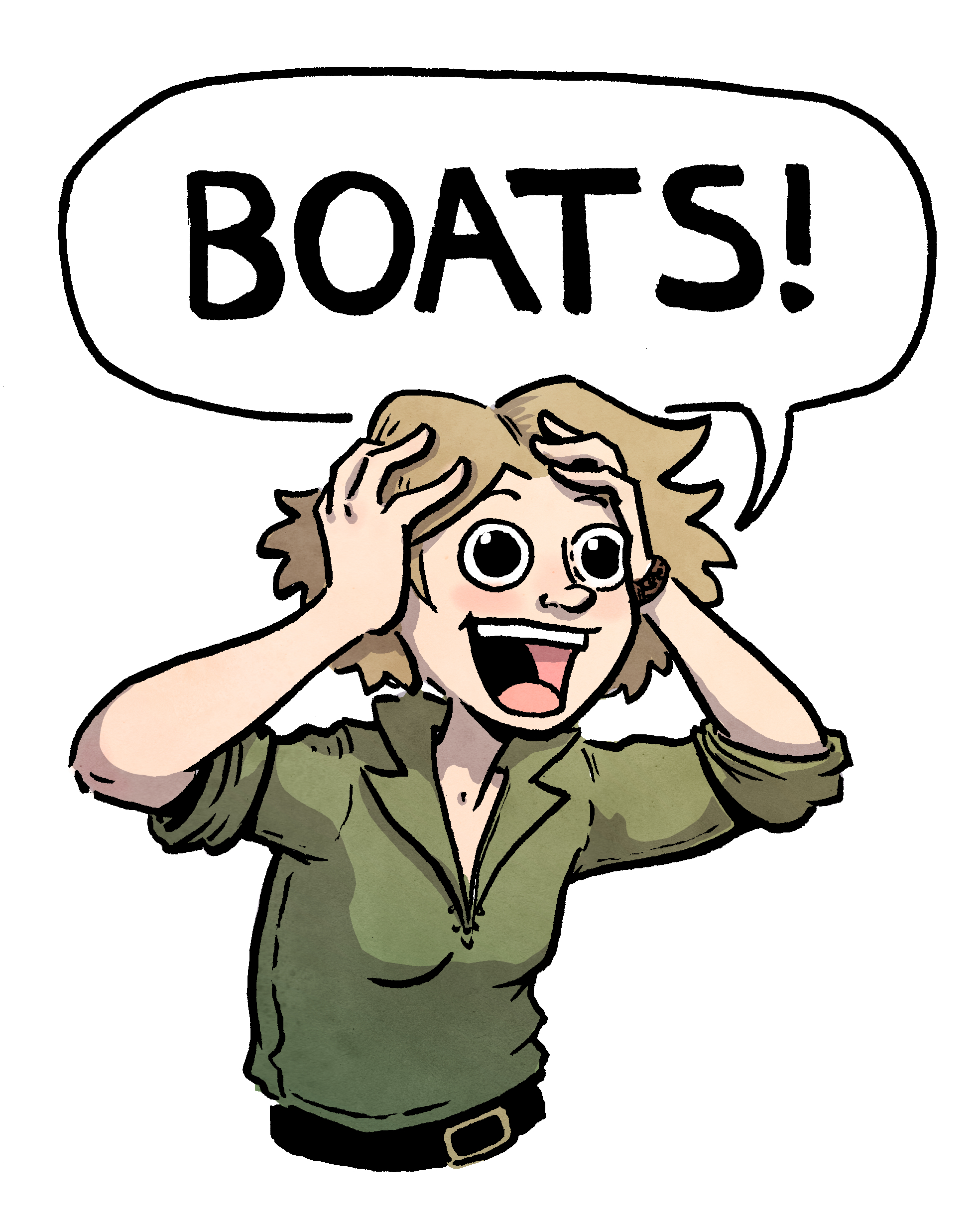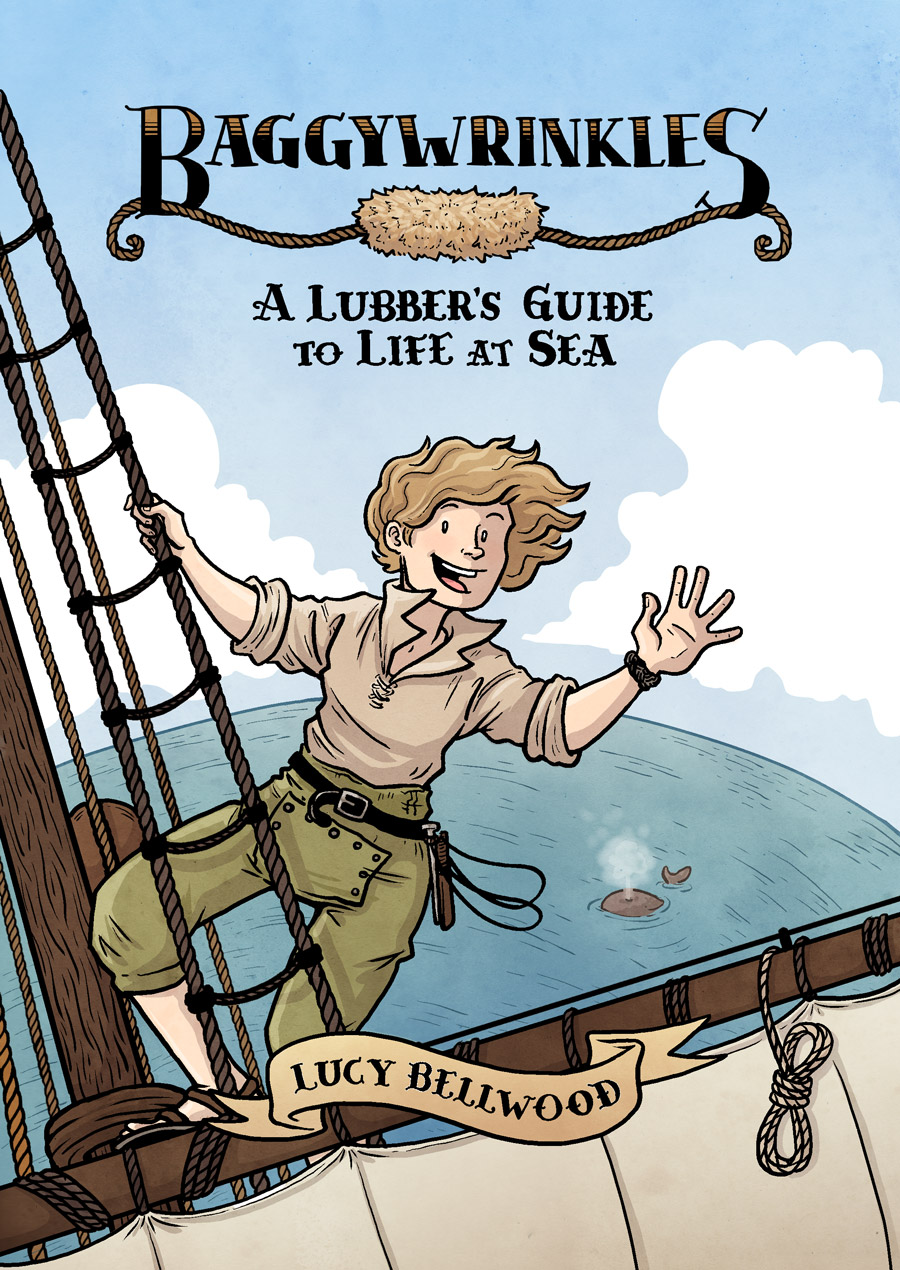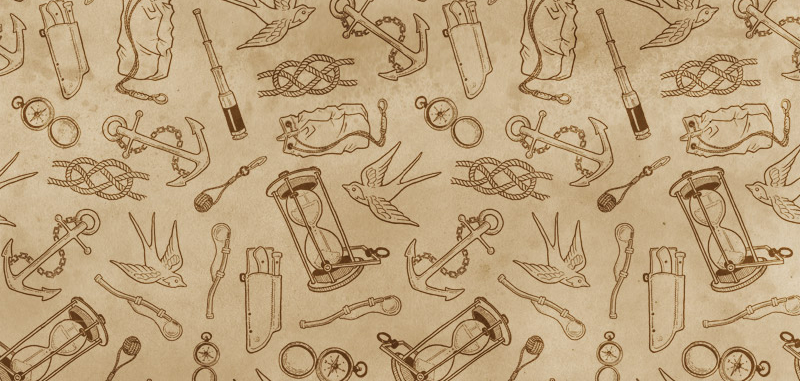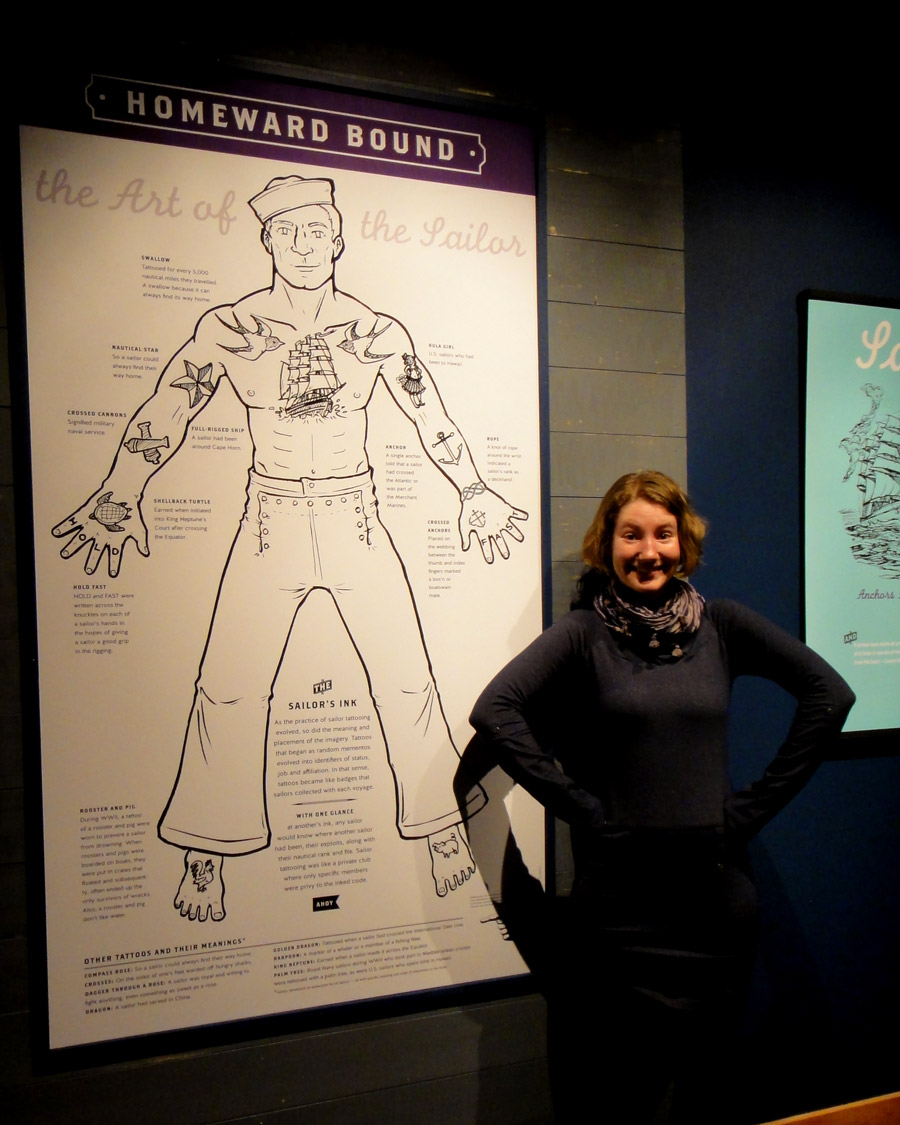Not every night, but most nights, the English writer Philip Hoare gets into the sea.
I know this because he tweets about it. Not every night, but most nights. A brief, poetic, timestamped dispatch from the waves.
I read Hoare’s book Risingtidefallingstar toward the end of 2018 and fell hopelessly in love. It’s a sweeping voyage through various coastal regions, literary lives, and strange creatures of the sea. It defies categorization—feels tidal rather than textual. (Just describing the book makes me realize that it shares many qualities with Always Coming Home, which should hardly come as a surprise at this point.)
When I followed Hoare on Twitter, I started seeing these fleeting messages in my feed. The nature of the platform meant that it took me a while to realize how consistently they cropped up, but when I noticed, it shifted something.
In 2019, I made a pact with myself after a week by a lake on an island in Canada: if I find myself near a body of water and it is even remotely possible for me to get into it, I must get into it.1 I’ve since plunged into frigid waves on the Oregon coast, silky river waters of the Columbia Gorge, and the hidden shock of a creek in my hometown of Ojai, California.
Often, as I’m sprinting, screaming across the wide expanse of sand toward the breakers, or furtively scrambling out of my clothes in the underbrush, I think of Hoare’s constant devotion to being where he feels most alive. Most held.
It’s not even about whether or not he swims every night, or what time he goes (does the man ever sleep? Unclear), or what the sky is doing on that particular Tuesday. It’s just a reminder that there is a person who embodies his affection for the sea so fully and faithfully that he’s out there, in the water, baptized night after night.
Whatever Hoare writes next, I’ll probably love it. But my primary interest isn’t his creative output. The thing I want to know is whether he is still himself, and as far as I can tell plunging bodily into the ocean on a near-nightly basis is the backbone of his existence.
I’ve chewed on the idea of object permanence a lot this year—dug into my mistrust of fleeting social media feedback, questioned how online creators can feel secure in taking leaves of absence, and wondered at what it is about our work that truly endures. Hoare makes me consider relocating the idea of permanence from deliverables like books and art and films to the substrates of our creative practices; these undercurrents of selfhood.
That is the thing I want to celebrate and support.
1. Even having trod on a stingray and endured unimaginable agony two months after taking said vow, I still believe it to be sound. ↩
